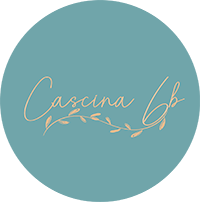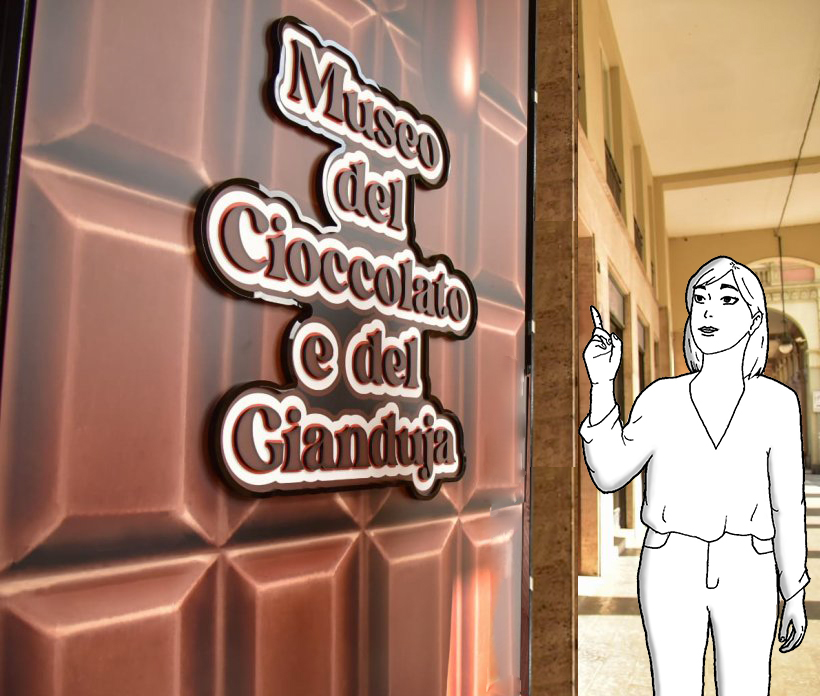Turin is known as the capital of chocolate and gianduja. But do you know the history behind these delicacies?
To discover it, at the end of June, the Chocolate and Gianduja Museum, called Choco-Story, was inaugurated, a project aimed at narrating and sharing the history of chocolate. The Museum has been set up in the underground laboratories of Pasticceria Pfatisch, a historic pastry shop founded in 1915 by Gustavo Pfatisch, which is part of the Association of Historic Places of Italy, an organization that gathers over 200 historic Italian places linked to important events in Italy’s history.
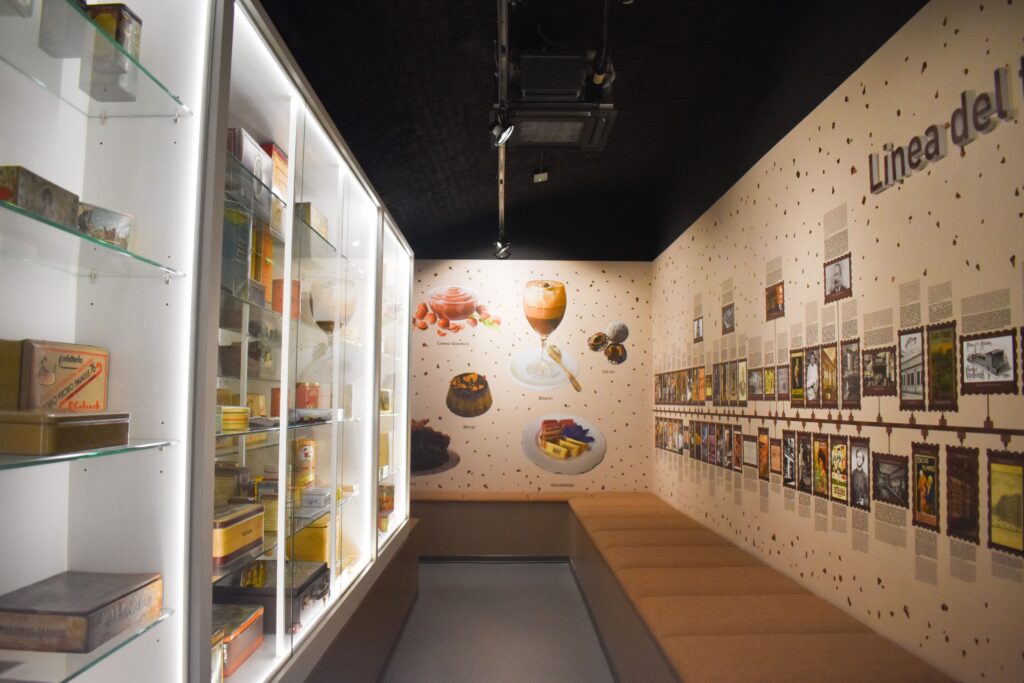
The visit at the Museum
The visit lasts about an hour and consists of a journey through time exploring the history of chocolate: from the ancient recipes of the Mayans and Aztecs, to the introduction of cocoa in Europe, until the birth of the Piedmontese chocolate tradition, with particular attention to the famous “gianduiotto”.
During the museum tour, in addition to having an audio guide that will enrich your experience with curiosities and historical details, you can enjoy interactive games that will make your visit even more engaging. Moreover, at the end of the visit, you will be treated to delicious tastings of chocolate and gianduiotti prepared by the renowned Pasticceria Pfatisch. What more could you want?
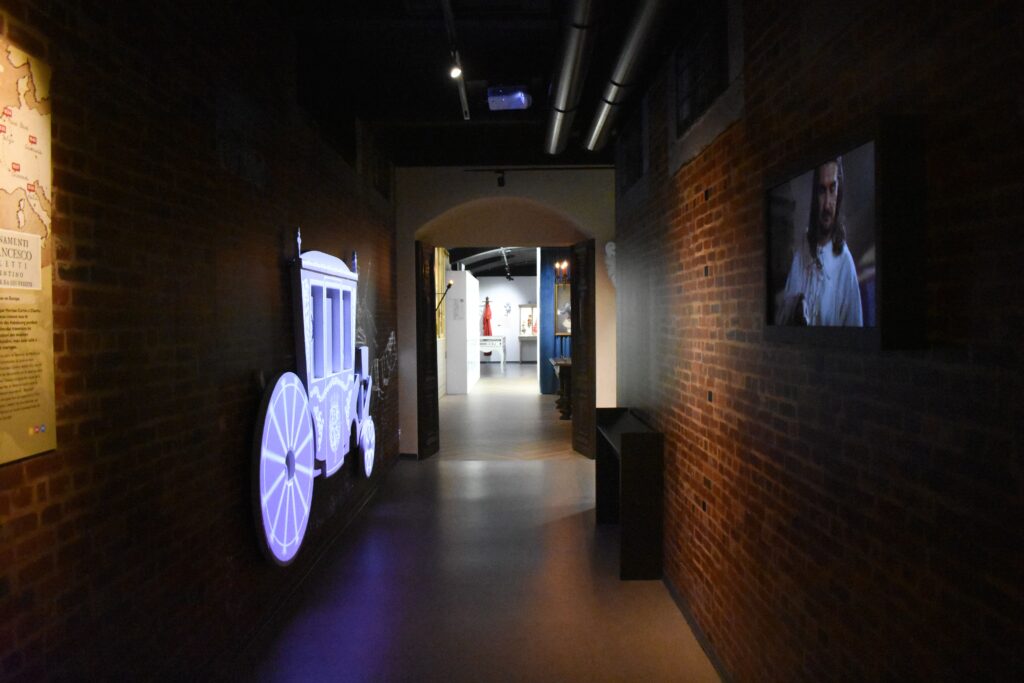
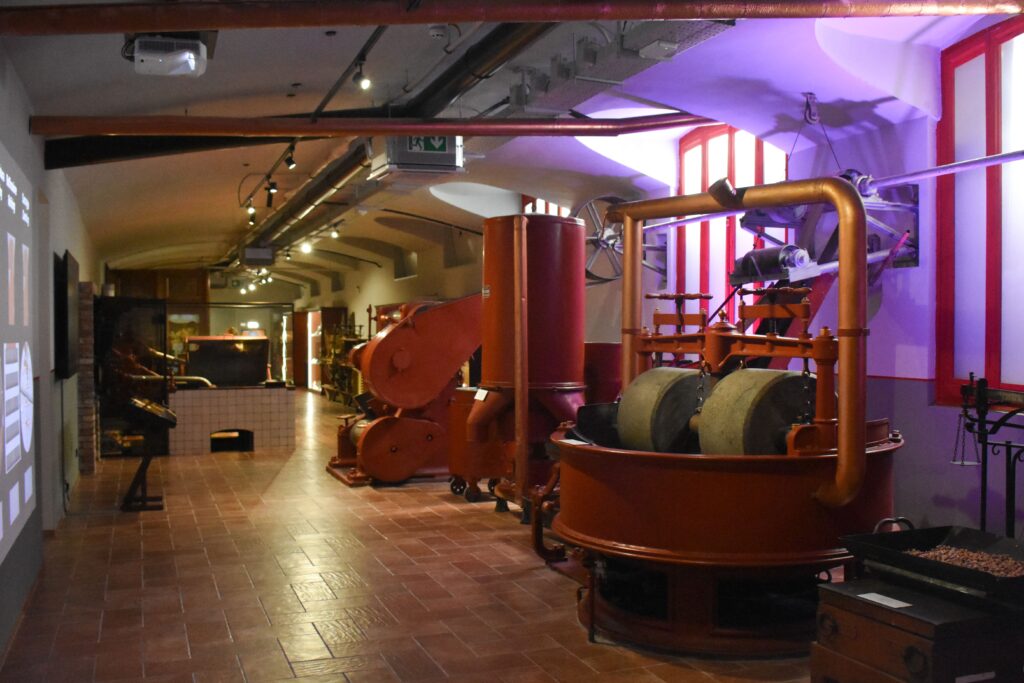
Why is Turin the city of chocolate?
It all begins towards the end of the 16th century when Emmanuel Philibert of Savoy introduced cocoa through a steaming cup of hot chocolate, symbolically served to the city to celebrate the transfer of the ducal capital from Chambéry to Turin.
A little over a century later, in 1678, chef Giovanni Antonio Ari received a license from Princess Maria Giovanni Battista of Savoy to market the cocoa beverage “Bavareisa”. This drink, composed of chocolate, coffee, and milk cream, evolved over the course of the 19th century into the famous Bicerin, one of the symbols of the city of Turin.
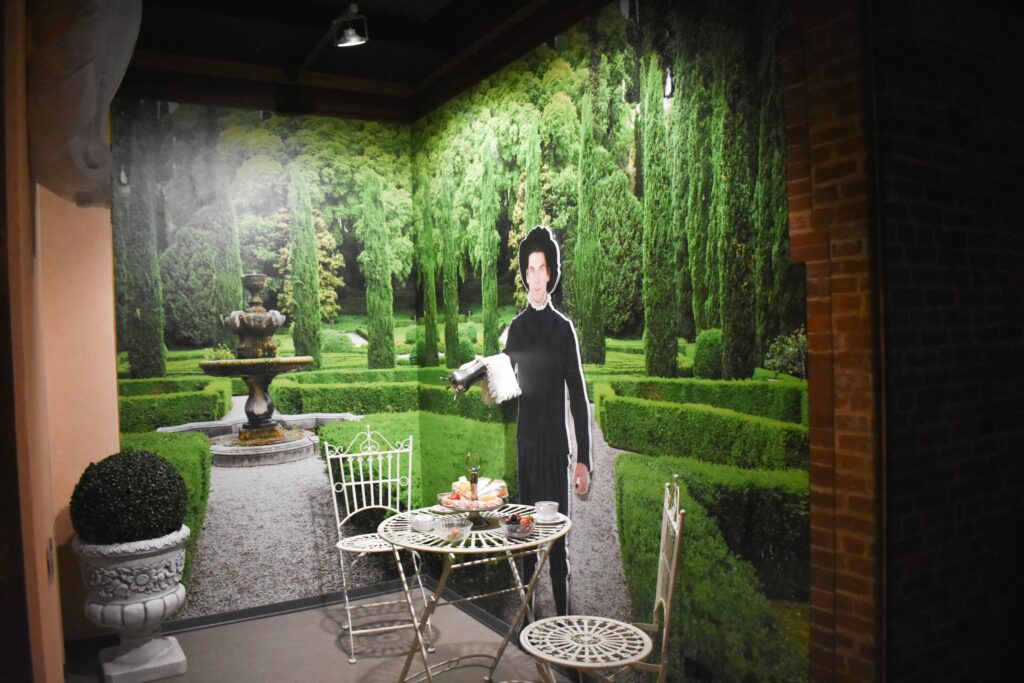
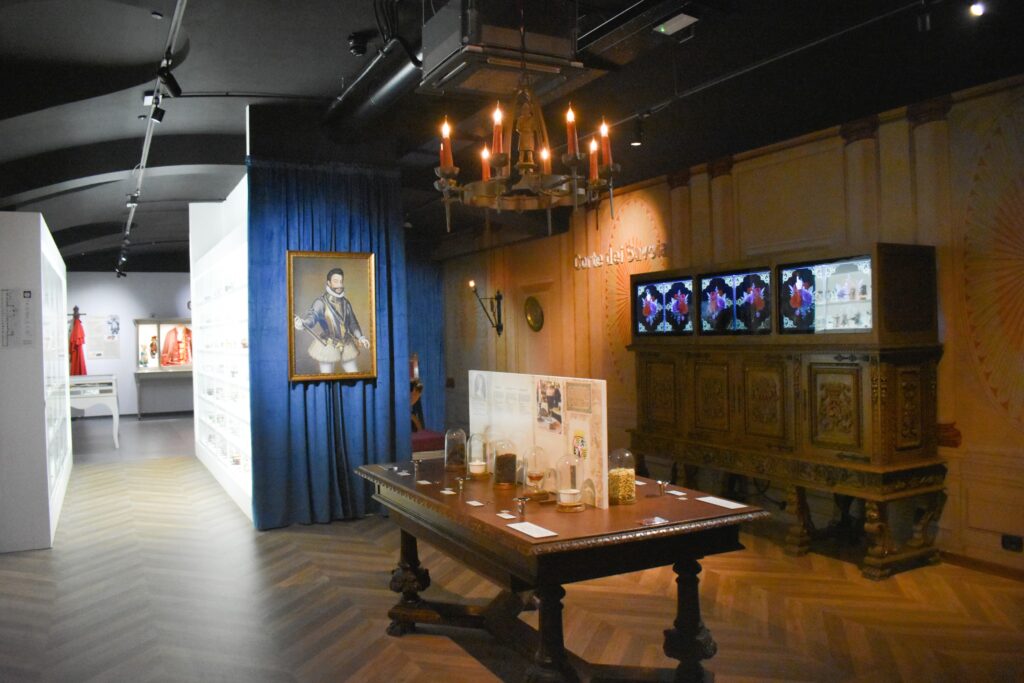
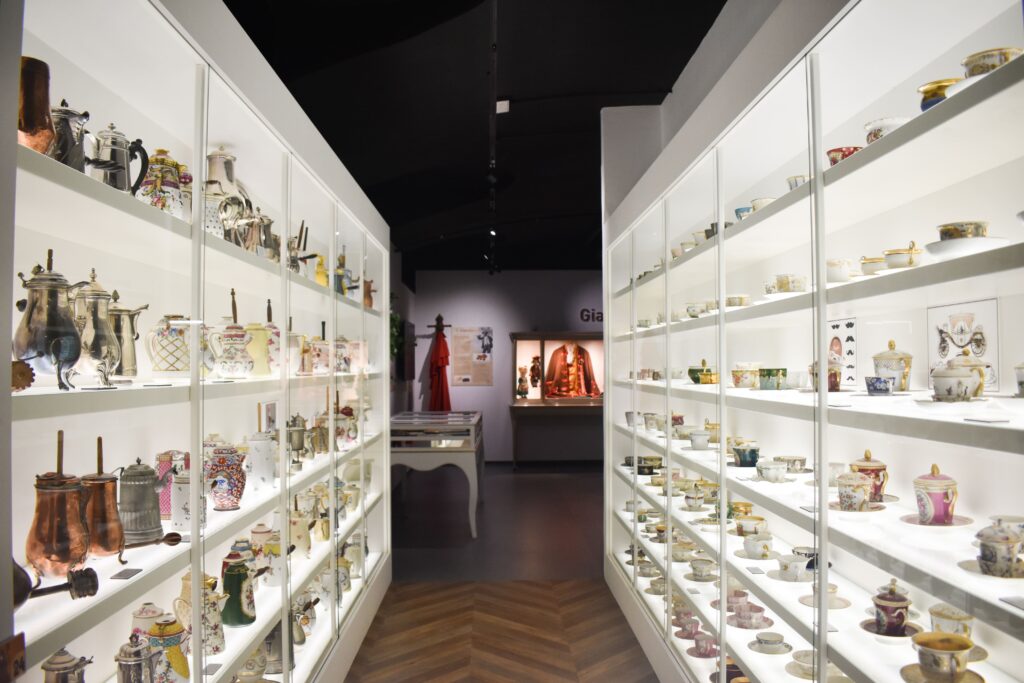
Let’s move on to Gianduia. What are its origins?
In 1806, Napoleon decreed a continental embargo against the English, causing a shortage of colonial goods, including cocoa. Thus, Piedmontese artisans decided to extend their chocolate recipes with hazelnuts, creating a creamy mixture of cocoa, powdered toasted hazelnuts from Piedmont, and sugar, known as Gianduia.
But how did this name come about? It is said that during the Turin carnival of 1867, the character of Gianduia was so captivated by this mixture that he granted the chocolatiers a special authorization to call the much-appreciated blend “Gianduia”. Produced in the form of bars, the mixture gave rise to “small portions of Gianduia”, known as Gianduiotti, and to facilitate production, they became the first wrapped chocolates in the history of chocolate.
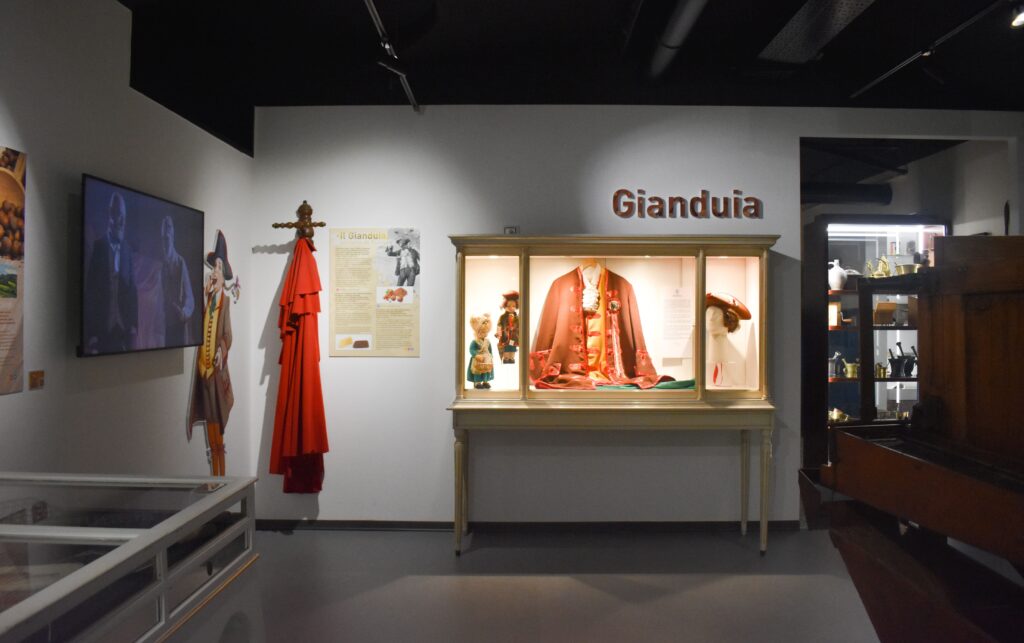
Today, Turin is recognized as one of the capitals of chocolate, thanks especially to the presence of ancient chocolatiers and pastry shops such as Pfatisch, Al Bicerin, Baratti & Milano, Caffè San Carlo, La Farmacia del Cambio, Caffè Fiorio, Caffè Platti 1875, and Pasticceria Abrate, which maintain centuries-old traditions by combining artisanal methods with modern innovations.
If you love chocolate and want to relive some of its Piedmontese history, I recommend a visit to the Chocolate and Gianduja Museum. I suggest you pick up a bar of chocolate at Pasticceria Pfatisch, it’s truly excellent!
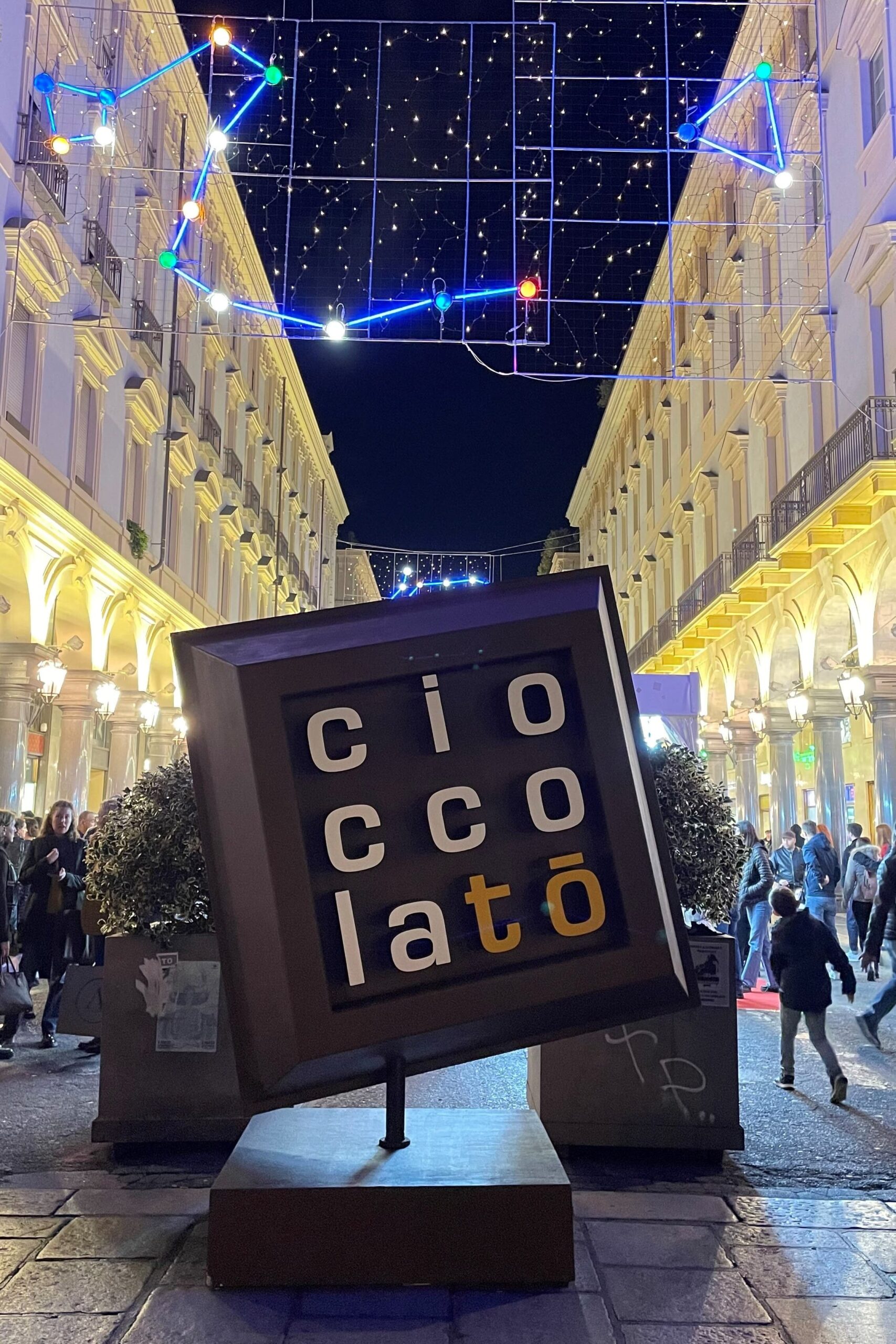
An event to not be missed
We can’t talk about chocolate in Turin without mentioning Cioccolatò, one of the most anticipated events for lovers of this delight. Every year in November, the city center transforms into a paradise for sweet tooths, with stands, workshops, tastings, and shows all dedicated to chocolate.
During this major event, you can meet master chocolatiers, participate in workshops, and discover the latest trends in the world of chocolate; in short, a unique opportunity to taste even the most innovative creations and to purchase artisanal delights directly from the producers.
Points of interests
The Chocolate and Gianduja Museum
How to reach the Museum of Chocolate and Gianduja from Cascina 6b
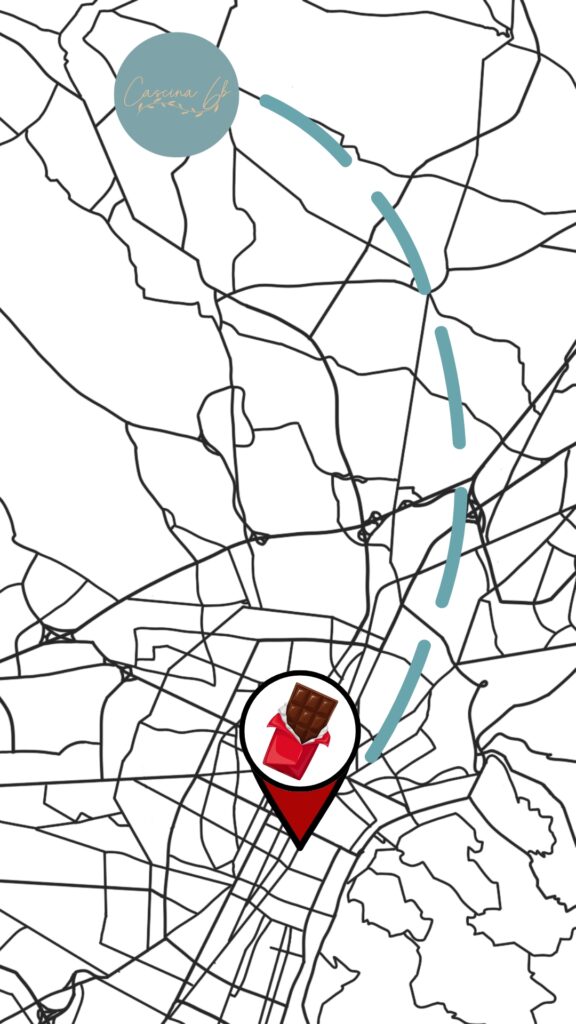
By car: reachable in about 30 minutes. I recommend parking the car in one of the streets near the Museum, such as “Via S. Secondo”.
Public transports: reachable in about 1 hour. Depart from San Maurizio C.se station towards Turin Porta Susa. From there, take the metro to Porta Nuova. In about 10 minutes on foot, you will reach the Museum.
Clothes kit
Casual clothes and comfortable shoes
All I have to do is wish you to
ENJOY YOUR VISIT AND HAVE FUN🙂
Useful links
